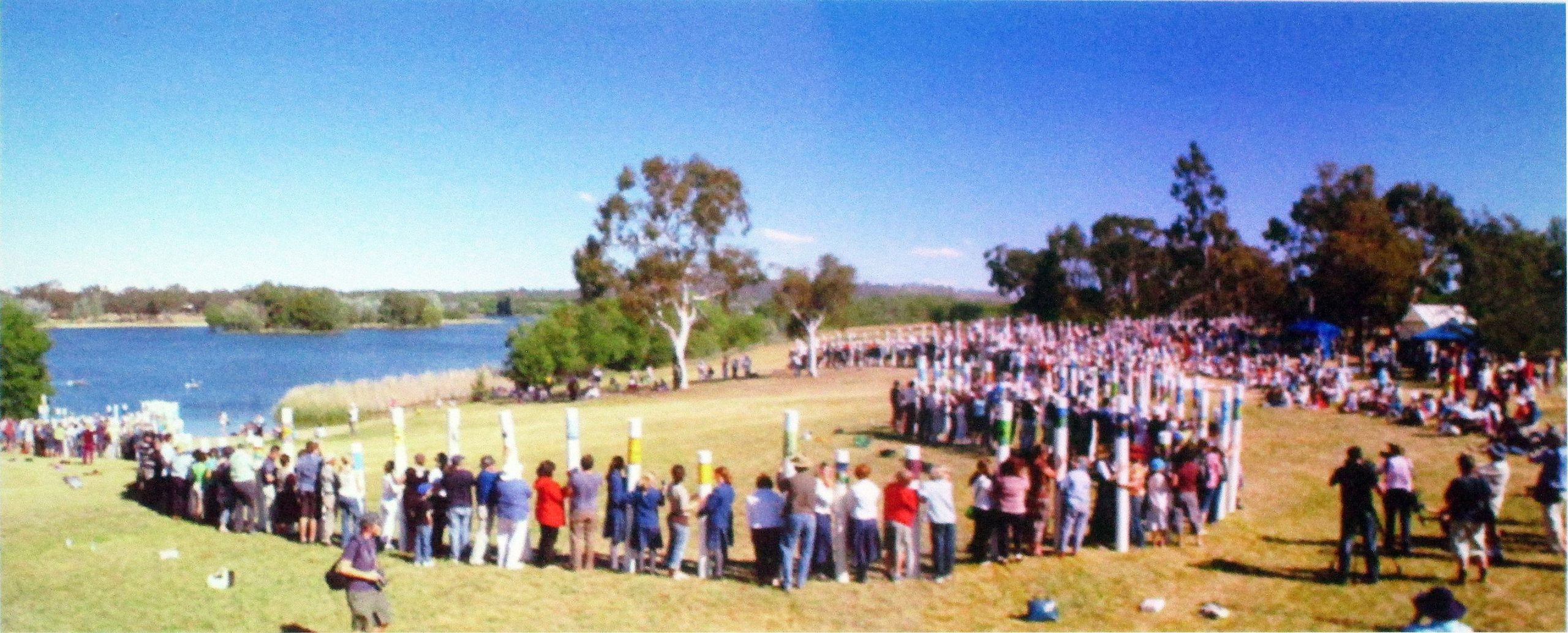Natural disasters, environmental catastrophes, conflict and social upheaval seem to be becoming permanent conditions. The role of design and planning becomes all the more challenging in such sensitive contexts.
Gabriella Trovato, assistant professor of landscape architecture at the American University of Beirut, and SueAnne Ware, head of the School of Architecture and Built Environment at the University of Newcastle, Australia, shared their experiences working as landscape architects in disaster situations. The chair of TU Delft landscape architecture invited them to speak on April 19 at the architecture faculty as part of the ‘How Do You Landscape?’ series of lectures, films and events.
Trovato presented a demanding landscape design process addressing the needs of displaced Syrian refugees in Lebanon. They live in fragmented informal settlements as precarious communities in poor areas. “They are an example of marginalisation in already marginalised areas,” she said. “They are isolated and not allowed to form a sense of place.” With her students, she ran an operative workshop at a settlement in the Bekaa valley to come up with a low budget, fast track process to cater to some of the community’s public space needs.
“We wanted to do something for them, in a participatory process and re-examine our own role as landscape architects,” she said. A children’s playground, a new path and a water garden were the short lived results. Trovato’s team was shocked when the settlement land owner trashed their work and claimed the materials to maintain control over the migrants. “But we empowered them to control their public space and sowed a sense of community in the settlement,” she said. Trovato believes working with groups of settlements would be more resilient in future.
Ware presented two memorial projects for catastrophic events where trauma and raw emotions were still present in the communities. The SIEV X memorial (suspect illegal entry vehicle 10) at Weston Park, Canberra, marked the sinking of a fishing boat full of refugees trying to reach Australia in October 2001 resulting in 353 deaths, mostly women and children. The winning concept of a student competition, its decorated poles represent the lives lost. Only given permission to erect for one day and then later six weeks, Ware described the struggle to get recognition for the plight of refugees and a permanent permit on the politically charged site near the seat of government.
Her design to commemorate the victims of the devastating Black Saturday bush fires of February 7, 2009, in Victoria, Australia, which claimed 173 lives, was a delicate negotiation in a changing context as the community dealt with its loss. “We began just talking to people, listening to them fight and cry,” she said. “And we urged the authorities to relax their rules, allowing people to place their own markers, flowers and plaques.”



Comments are closed.